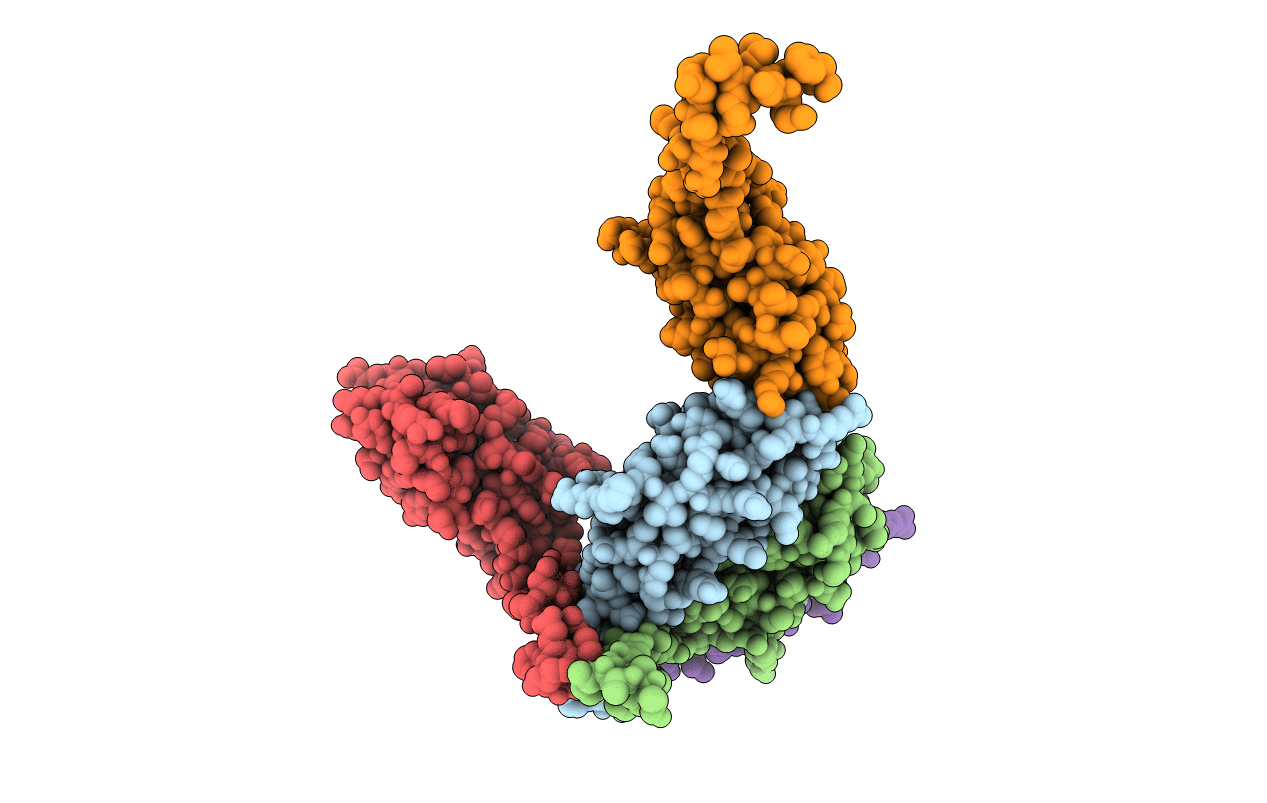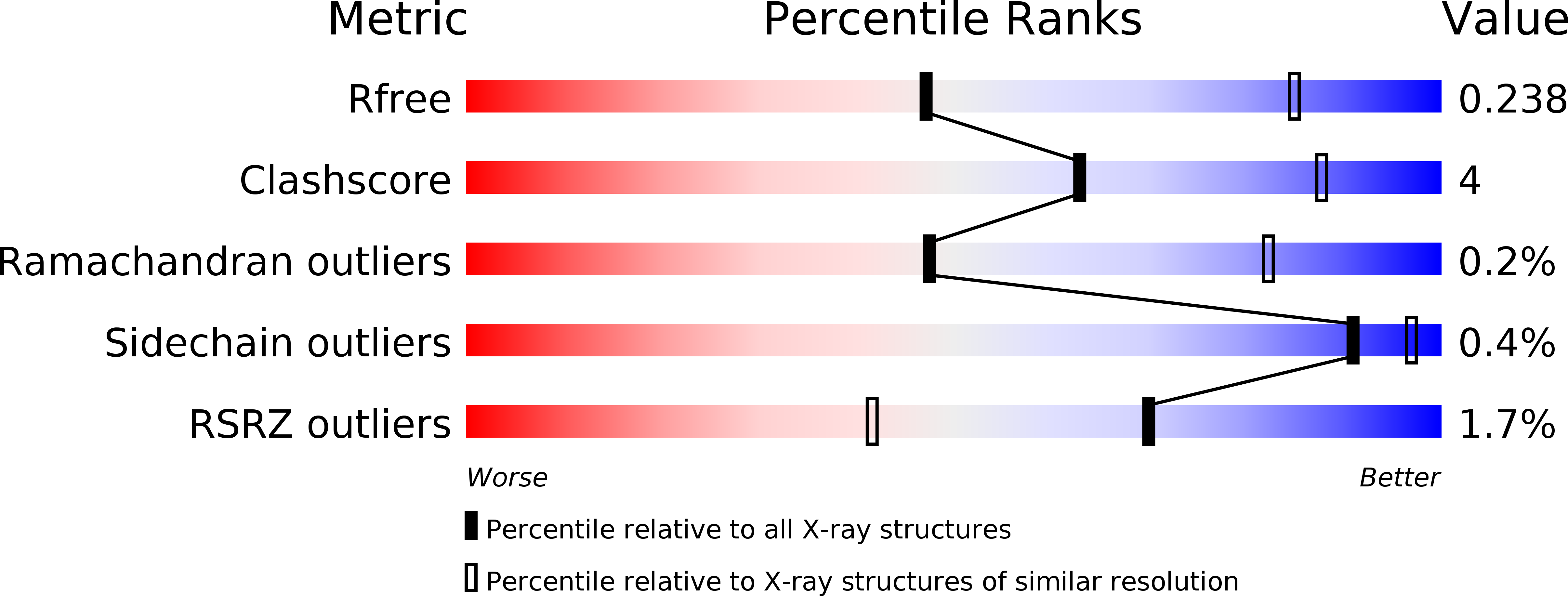
Deposition Date
2019-09-23
Release Date
2020-02-19
Last Version Date
2024-05-15
Entry Detail
PDB ID:
6SWS
Keywords:
Title:
The DBB dimerization domain of B-cell adaptor for PI3K (BCAP) is required for down regulation of inflammatory signalling through the Toll-like receptor pathway
Biological Source:
Source Organism:
Homo sapiens (Taxon ID: 9606)
Host Organism:
Method Details:
Experimental Method:
Resolution:
3.00 Å
R-Value Free:
0.23
R-Value Work:
0.19
R-Value Observed:
0.19
Space Group:
P 43 2 2


